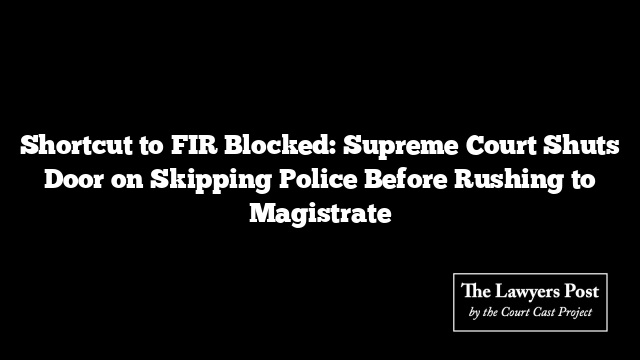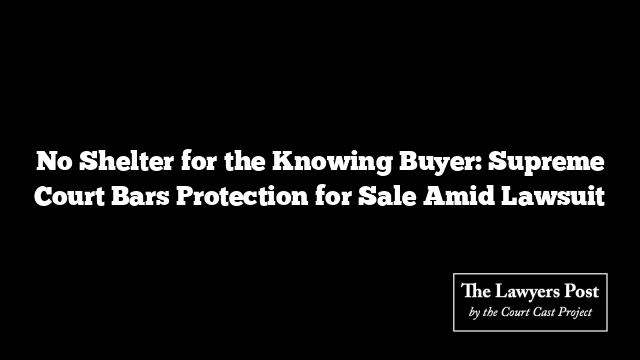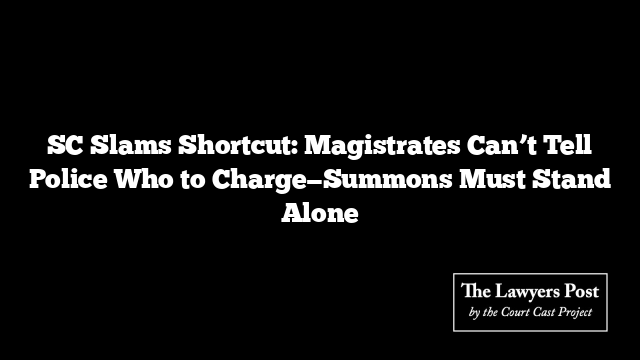The Supreme Court has made it crystal clear: complainants can’t bypass the police and directly knock on a Magistrate’s door seeking FIR registration under Section 156(3) of the Criminal Procedure Code (CrPC). First, they must go through the proper channels—Sections 154(1) and 154(3).
Here’s the chain of command:
Step 1 — Walk into the police station and file a complaint. That’s Section 154(1).
Step 2 — If the cops don’t act, escalate to the Superintendent of Police with a written plea. That’s 154(3).
Only after these steps can a person approach the Magistrate under Section 156(3) to request an FIR and investigation. If you skip the line, the Supreme Court won’t entertain the shortcut.
A bench led by Justices Abhay S. Oka and Ujjal Bhuyan hammered home this point while tossing out a 2017 Judicial Magistrate’s order that directed the police to register a case under Sections 420 (cheating) and 120-B (criminal conspiracy). That direction, the Court said, was out of line—because the complainant hadn’t followed the basics.
The Court reminded everyone of its earlier ruling in Priyanka Srivastava v. State of U.P., where it had flagged the misuse of Section 156(3). That judgment required a complainant to submit an affidavit—basically swearing by the allegations—so that the system isn’t misused to settle personal scores.
In this latest case—Ranjit Singh Bath & Anr. v. Union Territory Chandigarh & Anr.—the accused argued that the complainant had failed to show proof of approaching the police or the SP, as required. The complainant’s side tried to argue that a letter had been submitted to the Inspector General of Police in Chandigarh, and that it was marked to the Economic Offences Wing for inquiry. But there was no clear statement about following the correct legal procedure under Section 154(3).
The Supreme Court wasn’t impressed. It said the complaint lacked essential averments—no proof, no process. As a result, not only was the Magistrate’s order quashed, but so was the Punjab and Haryana High Court’s refusal to intervene.
The verdict sends a strong message: the Magistrate isn’t your Plan A. There’s a process to follow. Skip the queue, and the courts won’t hesitate to show you the exit.





